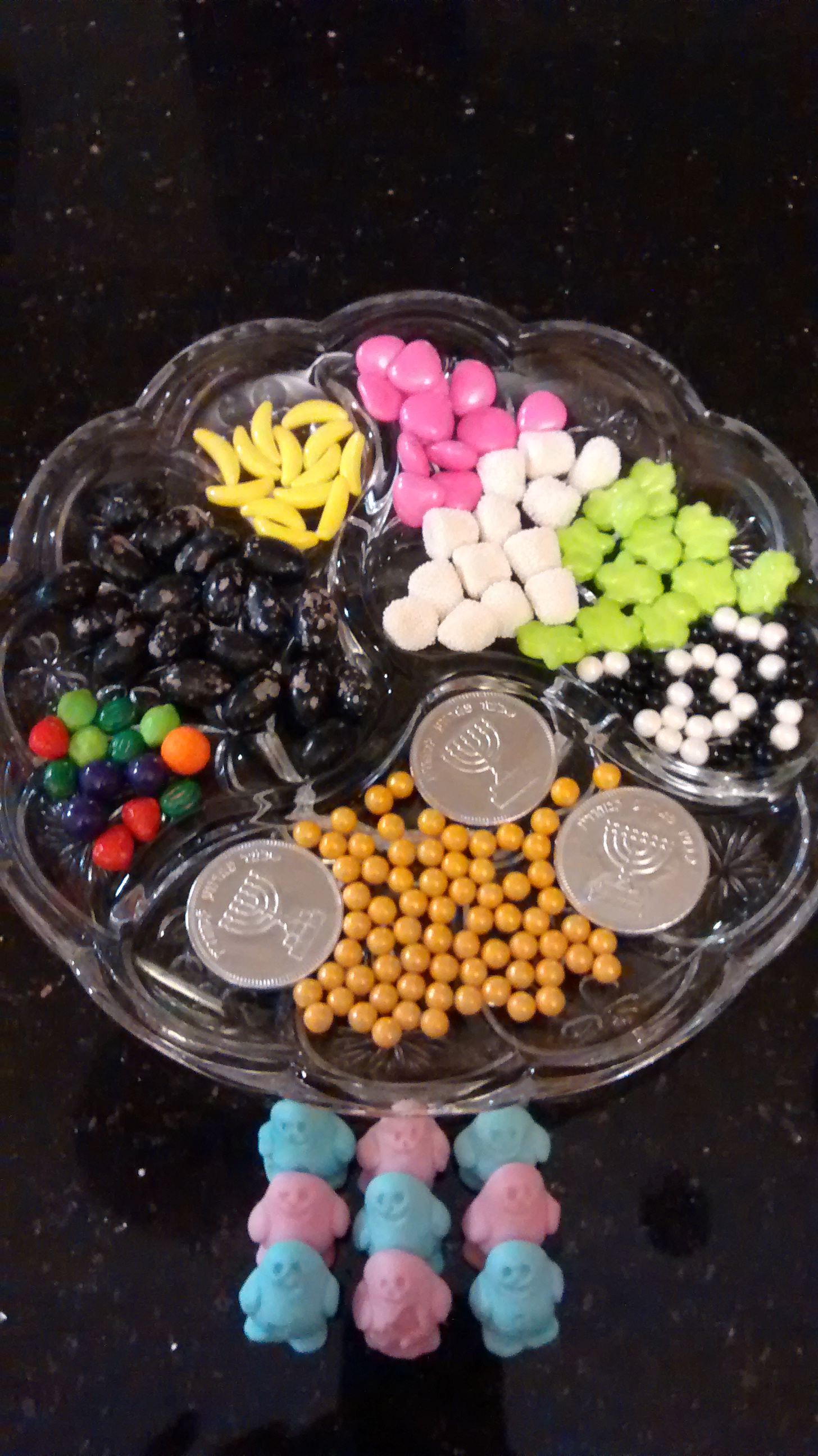In this week’s Torah portion, Parshas Bo, we see the last three of the ten plagues. A swarm of locusts devours all the crops and greenery; a thick darkness envelops the land; and all the firstborn of Egypt are killed at the stroke of midnight of the 15th of the month of Nissan.
Hashem commands the first mitzvah to be given to the people of Israel: to establish a calendar based on the monthly rebirth of the moon, Rosh Chodesh. The Jews are also instructed to bring a “Passover offering” to Hashem: they are to take a sheep and tie it to their bedposts for 3 days, then slaughter it. They are then told to put the blood of the sheep on their doorposts so that Angel of Death will pass over these homes during the Plague of the Firstborn. The roasted meat of the offering is to be eaten that night together with matzah and bitter herbs.
The death of the firstborn finally breaks Pharaoh’s resistance, and he literally drives the children of Israel from his land. They leave so quickly that there is no time for their dough to rise, and the only provisions they take along are unleavened. Before they go, they ask their Egyptian neighbors for gold, silver and garments (the locations of which they knew because they were able to see them during the Plague of Darkness) —fulfilling the promise made to Avraham that his descendants would leave Egypt with great wealth.
The Jewish people are commanded to consecrate all firstborn, and to observe the anniversary of the Exodus from Egypt each year by removing all leavened products from their possession for seven days, eating matzah, and telling the story of their redemption to their children. They are also commanded to wear tefillin on the arm and head as a reminder of the Exodus and their resultant commitment to G-d.

There are so many symbols in this week’s parsha! Remember the green candy bunnies from last week? They can work for the Plague of Locusts as well! Candy fruit represent all of the vegetation destroyed by the Plague of Locusts as well. Black boulder bites symbolize the Plague of Darkness and candy hearts represent Paroah’s hardened heart. Bubble Men can symbolize the Plague of the Firstborn which was brought on every Egyptian household, or perhaps the Jewish people leaving Egypt all together. Little white gumdrops with candy balls could symbolize the sheep of the Pascal Offering and the Angel of Death that passed over the Jewish households during the Plague of the Firstborn. Moon candies (I used the bananas from the candy fruit) are reminiscent of the small new moon of Rosh Chodesh, the first mitzvah given by Hashem to the Jewish people. Silver coins and golden candy balls represent the riches the Jews left Egypt with and blue and white nonpariels represent the Land of Israel which is their destination and inheritance. Finally Twizzlers could represent the mitzvah of tefillin, also in this week’s parsha. Do you have other ideas? Please share them in the comments section below.
Shabbat Shalom,
Shayna Levine-Hefetz


